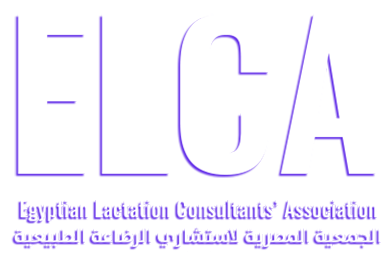What are essays? An essay is contadores caracteres, by general definition, a written piece which present the author’s argument, but sometimes the definition is quite vague, frequently overlapping with that of a personal letter, an essay, and a short story. Essays have historically been categorized either as formal or informal. Formal essays are written in a college environment, while casual essays are written around your home, around your job, around your hobbies and interests. The two major categories of essay writing are informative article writing for personal reasons, including private or individual essays, and for professional reasons, which includes student essays, scholarly essays, nationwide essays, and essays that are needed to be submitted for an examination or as an assignment for faculty.
There are many different kinds of essays, such as argumentative, analytical, expository, reflective, persuasive, and literary kinds of essays. Argumentative essays tend to present several distinct points, often supported by signs and/or personal experience. Analytical essays normally cover a single topic, presenting various theories and arguments concerning the topic, maybe arguing against some other idea(s), while expository essays usually deal with literature, type, fashion, and/or trends inside literature. Another common type of essay is that the reflective essay, which is written from the point of view of the reader. It usually begins with an introduction, which sets up the whole essay and lists the planned focus of this essay, then going through the entire body of the essay, talking about one or more significant ideas. Novelty essays are far more creative in structure and content, frequently needing less of a foundation in reality or actual events and more based on an author’s opinion.
Many twitter word count students choose to compose a persuasive composition, which often begins with a debate, and ends with a thesis statement advocating one particular viewpoint. Most frequently, these types of essays centre on a single argument, though they may contain numerous remarks also. A descriptive article usually presents two things, supplying only an extremely short description of the item being discussed. At a literary argumentative essay, there is normally a strong hint the author has special knowledge about the topic, whereas a factual article normally depends upon hard facts.
Narrative essays are made to engage the reader and then move them towards a particular interpretation of the data and information being presented. They are made to give a person a sense of the environment where the writer lives and how their lifestyle may relate to the topic being written about. Some good examples of narrative essays comprise essays dealing with the lives of Jesus, Plato, or even Great Depression. The perfect way to understand how to write a narrative essay is to read previous illustrations, particularly the ones which were awarded important prizes.
Textual analysis essays analyze just one text and assess its meaning within the whole bigger context of this written work. They require an ability to organize information and arrange it in such a way that is reasonable. Students should be encouraged to examine and compare sources, in addition to identifying and describing trends in the literature. A fantastic text analysis essay will incorporate all sorts of literary devices, like puns, alliterations, and other ironic devices, as well as use unique means of simplifying the article, such as disoggling the significance of words that are spammy, using several types of detail, etc. Students may also be invited to analyze selected passages or poems from famous literature.
Dissertations may also be split into two classes, either theoretical or methodological. Theoretical essays generally outline a central thesis and build on that using several other essays. Methodsological essays outline the methodology of researching and argue a particular point of view. Both types of dissertations require the pupils to use considerable creativity and originality. Students should be encouraged to invent initial ways of presenting and analyzing ideas and data.



